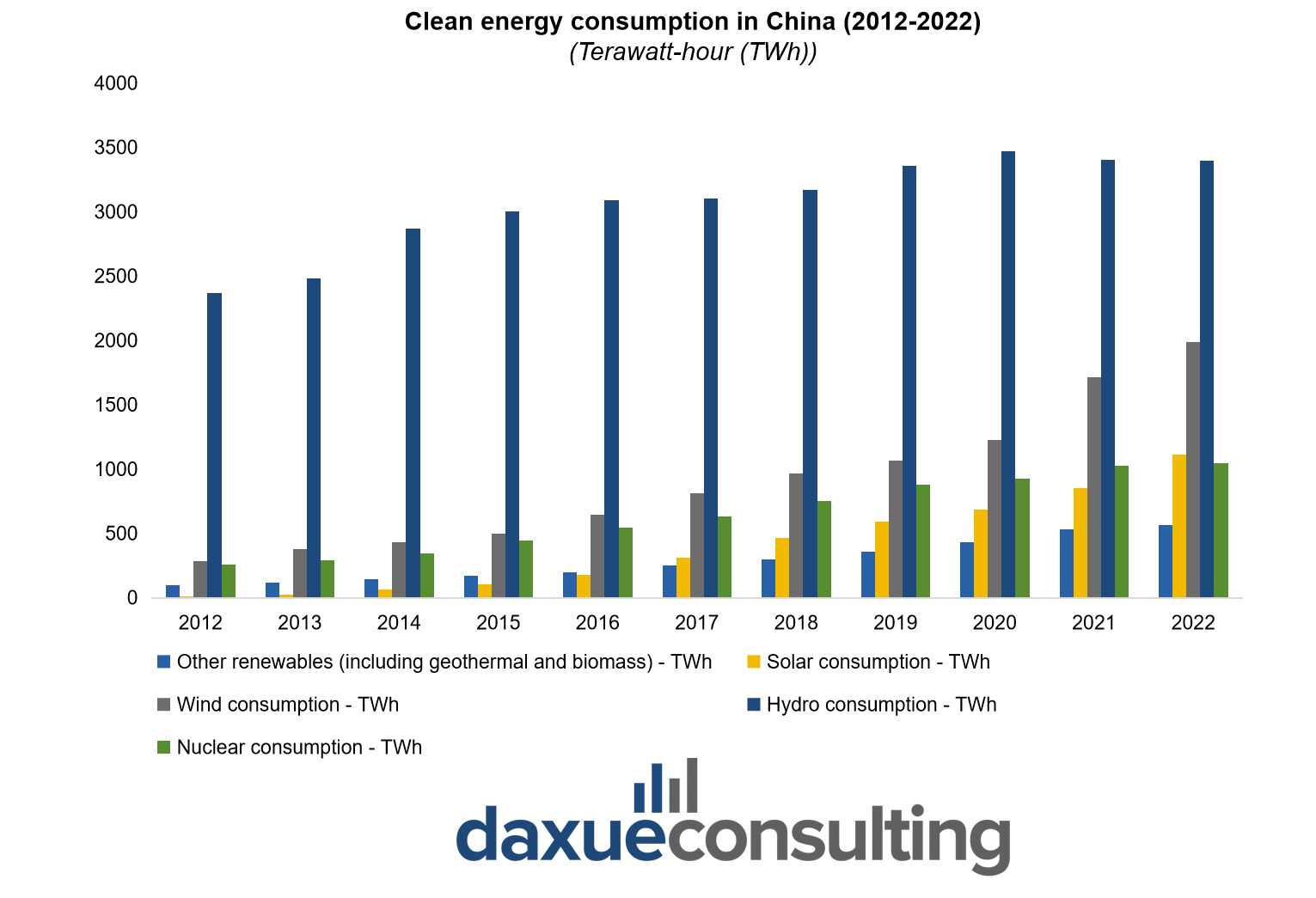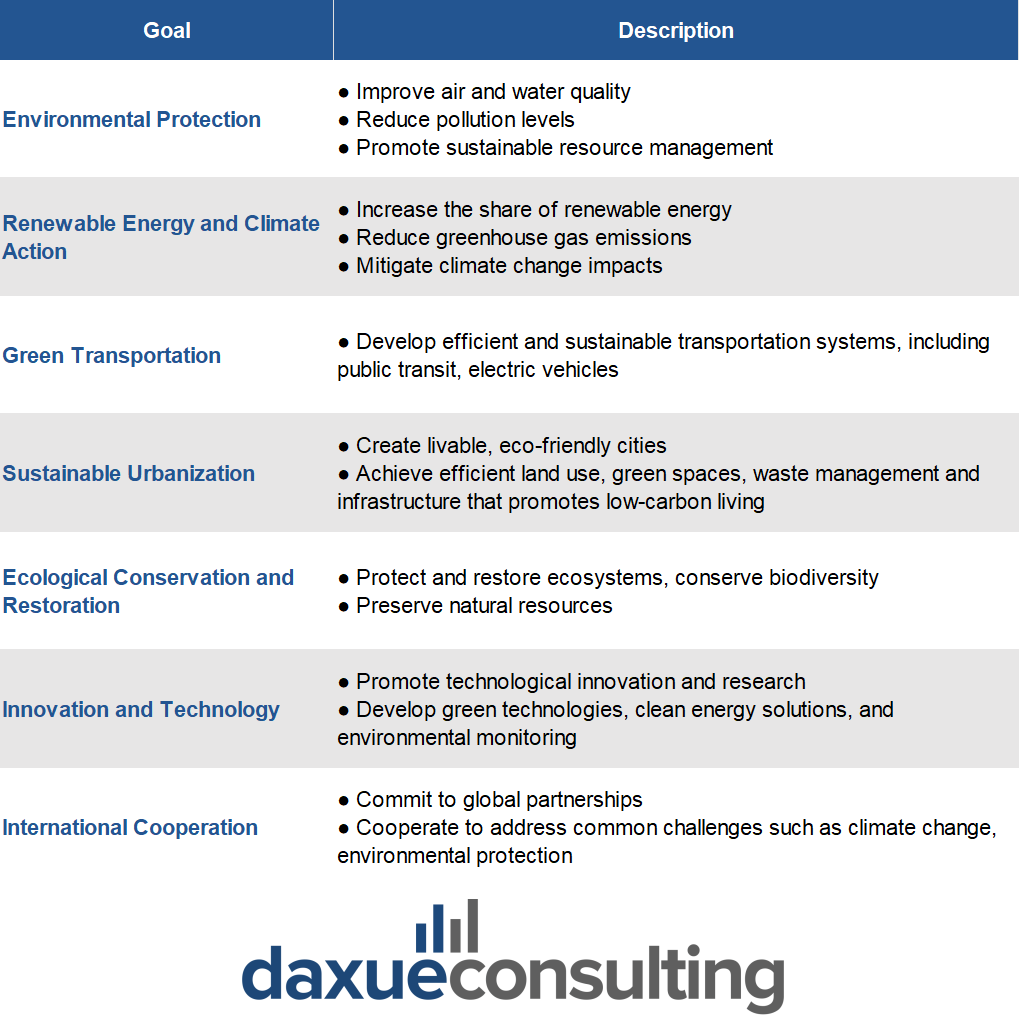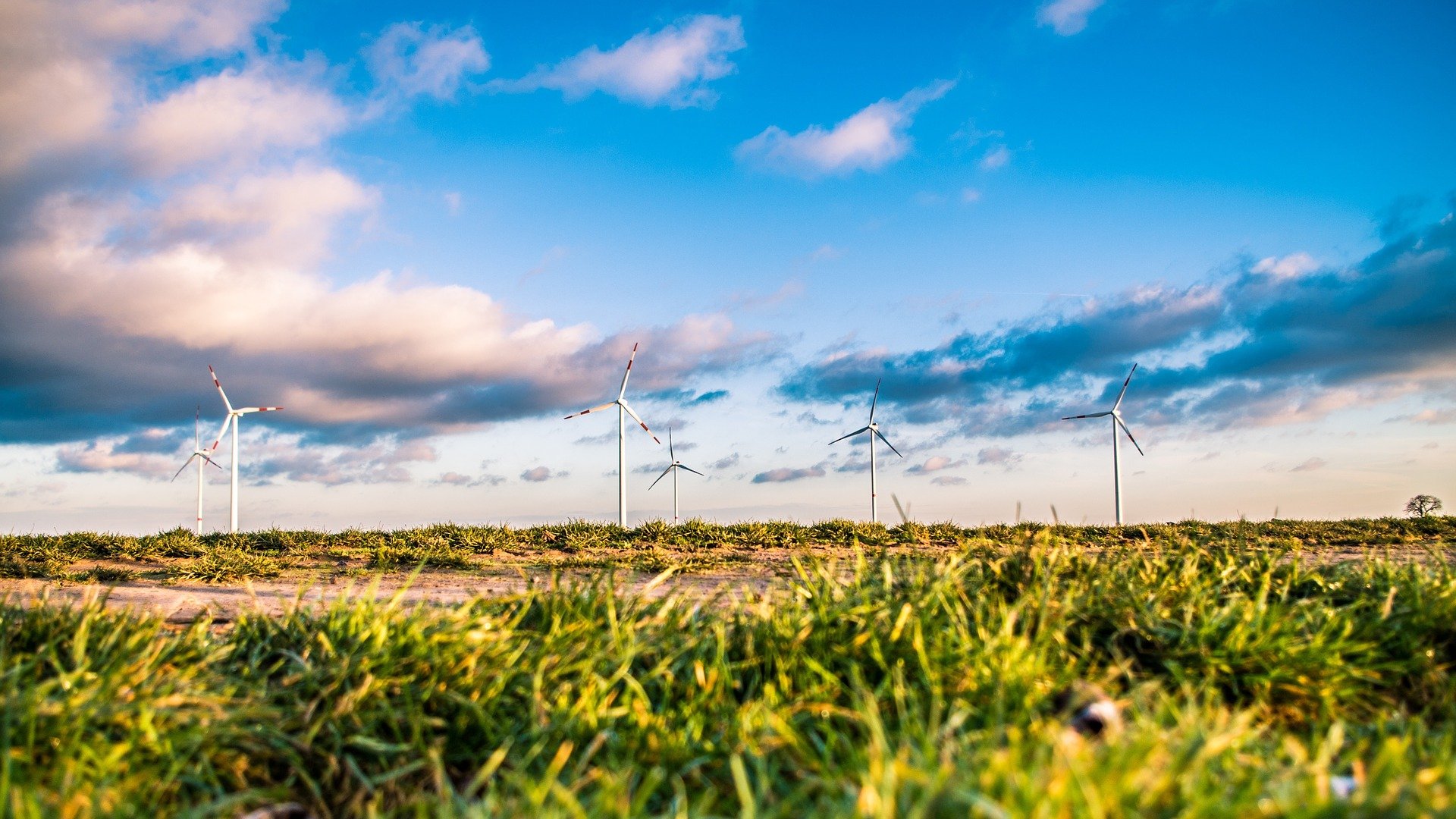China’s commitment to green development is paramount in the global climate transition. With its status as the largest emitter of greenhouse gases since 2006, China’s strategic vision of ‘Building a Beautiful China’ since 2012 emphasizes the imperative of ecological protection and sustainable resource utilization. President Xi’s recent emphasis on harmonizing humanity with nature reinforces the nation’s pledge to peak carbon emissions by 2030 and achieve carbon neutrality by 2060. Meeting and surpassing these targets is not only essential for sustainability in China but also critical for global efforts to combat climate change.
What has China done to transform its energy structure?
Despite promising to achieve net zero emissions by 2060, the country remains by far the world’s largest producer and consumer of coal, and a major consumer of oil and gas, accounting for a third of global carbon emissions. China consumed more coal than all other countries combined in 2022, resulting in 8.6 billion tons of carbon dioxide emissions, about 70 % of China’s total emissions.
The transformation of clean energy
However, China’s total CO2 emissions are expected to peak around 2025, coinciding with the peak in coal consumption, which will start declining gradually thereafter to 50% below its peak by 2050. As an important energy consumer, these goals could be achieved through the joint efforts of companies, industries and society as a whole.
In recent years, China has been continuously refining its energy structure, evidently increasing the proportion of non-fossil energy sources. By the end of October 2023, the installed capacity of wind and photovoltaic power had reached 940 million kilowatts, with renewable energy surpassing 1.4 billion kilowatts, marking a historic moment as it exceeded coal power capacity. The target for 2024 is to elevate the share of non-fossil energy in total energy consumption to approximately 18.9%. The rise of clean energy helps reduce energy uncertainty and reliance on finite resources and pollution, thus significantly advancing China’s sustainability.

Source: Our world in data, clean energy consumption in China from 2012 to 2022
Sustainable development across various industries
China’s fast new energy vehicle growth mitigates traffic pollution
In transportation, vehicles have long been considered significant contributors to overall pollutant emissions. New energy vehicles emerge as important instruments in reducing emissions within the automotive industry, with approximately half of emission reductions in the transportation sector relying on them. In 2020, the entire industrial chain of passenger cars in China emitted around 670 million tons of carbon dioxide, with 74% coming from car usage.
China is committed to reducing the environmental pollution of traditional fuel vehicles and accelerating the development of the new energy vehicle industry. After over a decade of industrial development, China witnessed a remarkable surge in the production and sales of new energy vehicles in 2023, reaching 9.587 million and 9.495 million units, respectively, marking a 35.8% and 37.9% increase.
Ten years ago, the penetration rate of new energy vehicles in China had yet to surpass 1%, whereas it is expected to reach 40% by 2024. Now, China holds over 60% of the global market share in new energy vehicle production and sales, maintaining its position as the world leader for nine consecutive years, becoming a major driving force behind China’s sustainability.
Application of sustainability concepts through the fashion industry
Similar efforts can be seen in the fashion industry, which strongly supports sustainability. Susan Fang, a Chinese fashion brand featuring Air-Weave production, has made sustainability a core part of its brand. The designer developed an Air-Weave series based on which he invented a zero-waste air-weave process, that uses a plant-dyed print and traditional embroidery to sew feathers into different layers of fabric. All materials can be fully utilized during the process and zero waste is achieved.
The brand’s popular product, the bead bag, only uses transparent glass bead material to make different designs and changes. In addition to reducing waste and inventory pressure, a line can complete the production process and also greatly improve efficiency. Influenced by the concept of sustainability from her mother since childhood, Susan Fang applies this concept to the brand, which is her subconscious habit, and also the trend of brand development today.

Source: Susan Fang’s official website, bead bags
Beauty brands implement the concept of sustainability
Yue Sai (羽西) is a high-end skincare brand of the L’Oréal Group that originated in China, targeting Chinese women and insisting on the application of herbal ingredients in the development of beauty products. Since its inception, Yue Sai has been practicing sustainable development by extracting ingredients more efficiently and safely through bio-fermentation and green processes, achieving better green sustainability and reducing the environmental pollution caused by traditional industrial extracts.
In terms of product design, Yue Sai utilizes environmentally friendly replaceable cores, which significantly reduces the amount of packaging. In addition, Hesse has also launched an empty bottle recycling program, whereby empty bottles are processed and recycled into desks and chairs for schools in low-income areas, reducing the pressure on the environment and contributing to the community at the same time.

Source: Yue Sai’s official Weibo account, empty bottle recycling process
New ESG regulations govern the environmental practices of listed enterprises
As an indispensable part of green development, industry standards provide a basis and reference for enterprises to standardize and guide their green efforts with clear regulations to promote the green development of the industry.
In the 1990s, the global spotlight was on Environmental, Social, and Governance (ESG) investing, and with the opening up of China’s capital market, the concept gained wide attention. Recently, China’s three major exchanges issued guidelines on sustainable development reporting for listed companies, a significant step towards establishing a unified and standardized system for disclosing sustainable development information.
These guidelines require companies to analyze and disclose sustainability issues across governance, strategy, impact, risk, and opportunity management. Specific focus is placed on environmental actions such as process improvement, equipment upgrades, energy optimization, efficiency enhancement, and the promotion of green products and services.
Companies are also required to disclose information on climate adaptation, transition plans, and greenhouse gas emissions. Most regulations are aligned with international standards and emphasize emission-reduction technologies. Implementation of these regulations can mitigate environmental risks, improve resource efficiency, reduce negative impacts, enhance corporate reputation, and drive long-term sustainability. A more immediate benefit is that sustainability-certified companies that practice sustainability regulations can benefit from a variety of government incentives and subsidies. These incentives may include tax reductions, grants, and access to favorable financing options that provide additional motivation for businesses to maintain sustainability.
One of the reasons why ESG regulations can be promoted and implemented is the losses caused by environmental disasters to enterprises, especially the impact on manufacturing and agriculture. Enterprises adhering to green development can reduce environmental pollution and reduce their own losses. At the same time, with the change in social concepts, more consumers begin to pursue green consumption and green products, and the launch of corresponding products and services can better adapt to the social trend.
Such efforts can be seen in more and more brands and companies. PROYA and Zhiben have launched campaigns to recycle their empty bottles, while Alibaba has strongly supported environmental causes and joined the World Business Council for Sustainable Development (WBCSD).
China’s approach to sustainable urban and rural development
China’s sustainability commitment is evidenced by its urban performance. By 2025, China aims to enforce waste sorting in all urban communities at the prefecture level and above, with a targeted sorting and collection capacity of approximately 700,000 tons per day. As of the end of 2022, the average garbage classification coverage rate in 297 urban residential communities at the prefecture level and above had reached 82.5%, with a daily domestic waste treatment capacity of 530,000 tons, of which 77.6 % was accounted for by incineration. This has significantly elevated the resource utilization level of urban domestic waste.
Simultaneously, China is actively promoting green rural development by fostering new industries such as ecological and leisure agriculture and stepping up efforts in ecological protection and restoration. This includes enhancing household garbage and sewage treatment, conducting cleaning campaigns, promoting rural greening comprehensively, and continuously advancing the construction of modern and livable farmhouses. Consequently, an increasing number of villages are achieving water purification and energy cleanliness.

Source: designed by Daxue Consulting, Goals and contents of China’s sustainable development
Irrefutable change: China’s pursuit of sustainable development
- Despite its status as a major energy consumer, China remains committed to pursuing sustainable development and has established numerous objectives
- China persists in refining its energy framework and enhancing the adoption and ratio of renewable energies like wind power and photovoltaic energy
- China has diligently supported and developed the new energy vehicle industry, achieving significant global recognition for reducing carbon emissions
- China has enacted ESG regulations for listed companies, emphasizing environmental governance to foster green and sustainable enterprise growth
- Efforts to promote urban garbage classification and treatment have progressed steadily, yielding significant results in rural ecological protection and comprehensive cleaning activities
Explore sustainability trends in China with Daxue Consulting
China’s commitment to sustainability is transforming industries across the board, from renewable energy initiatives to green manufacturing practices. As of 2024, significant investments in sustainable infrastructure and policies are driving forward the nation’s ecological and economic goals. Daxue Consulting’s in-depth market analysis and strategic foresight can help your business navigate this green landscape effectively. Partner with us to leverage the latest trends in sustainability and position your brand as a leader in China’s progressive market environment.






